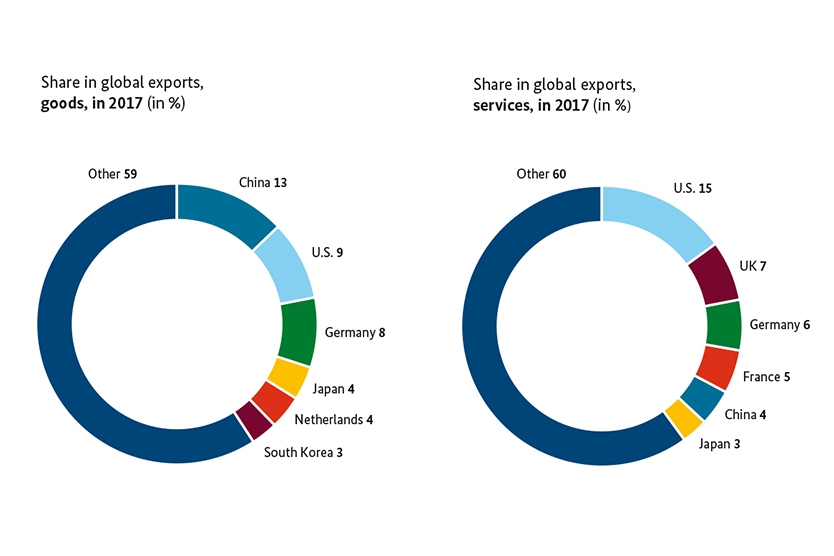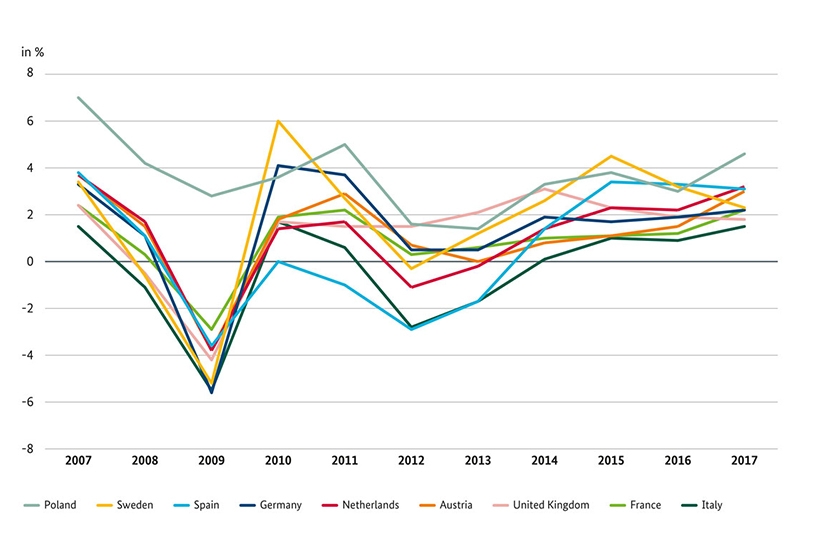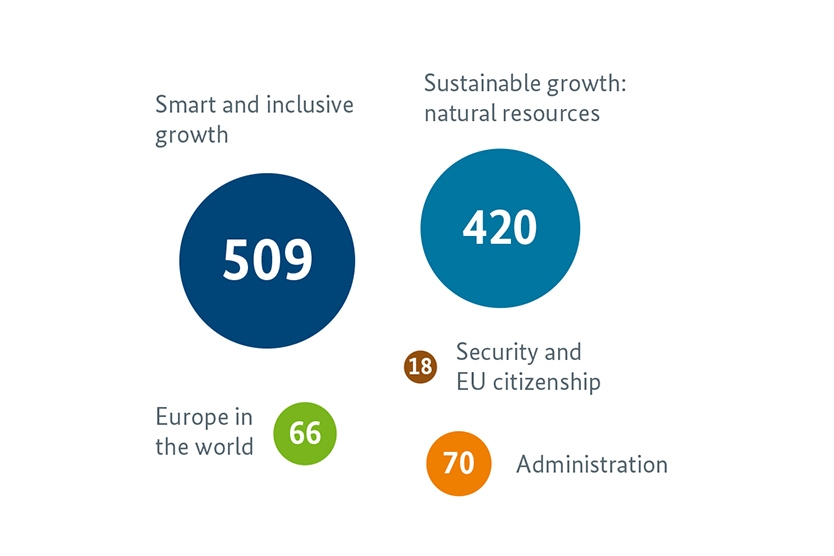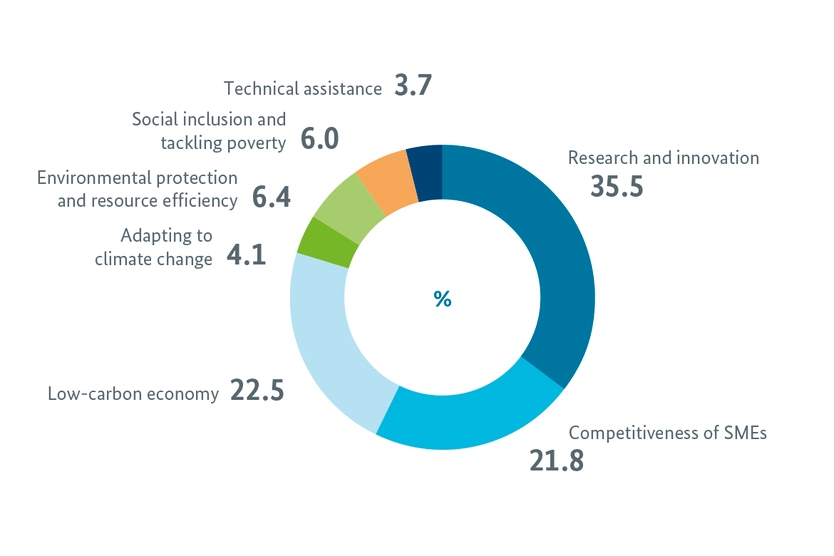Article 26(2) of the Treaty on the Functioning of the European Union (TFEU) defines the internal market as "an area without internal frontiers in which the free movement of goods, persons, services and capital is ensured in accordance with the provisions of the Treaties".
Travelling and working, buying and selling goods and services across borders
Today, we tend to take for granted that we can transport goods across the internal borders of the EU and that no restrictions apply to travellers or EU citizens taking up residence in another EU Member State, or indeed, (for the most part), in the European Economic Area (EEA), which comprises Iceland, Liechtenstein, and Norway. It is easy to forget just how long it took us to get to this point. In fact, the work on the implementation of these freedoms started when what was then the European Communities were still in their infancy.
On 25 March 1957, the signing of the Treaties of Rome by Belgium, France, Italy, Luxembourg, the Netherlands and the Federal Republic of Germany established the European Economic Community (EEC) to promote a common economic policy in the context of European integration – an important step on the road to today’s European Union. Marking the 60th anniversary of the Treaties of Rome, the Economic Affairs Ministry published the brochure entitled “Prospects for an economically strong Europe”, which discusses in detail the achievements of and current fields of action for the European Union. The brochure can be downloaded (in German) here.
The ‘Completing the Internal Market’ White Paper, which was published by the European Commission in 1985, gave fresh impetus to the Single Market and set 1992 as the deadline for its completion. Some remarkable progress has been made in the more than twenty years since the completion of the internal market. The single currency, the euro, is a visible sign to the outside world of how the markets in Europe have been growing together to form a single European internal market.






